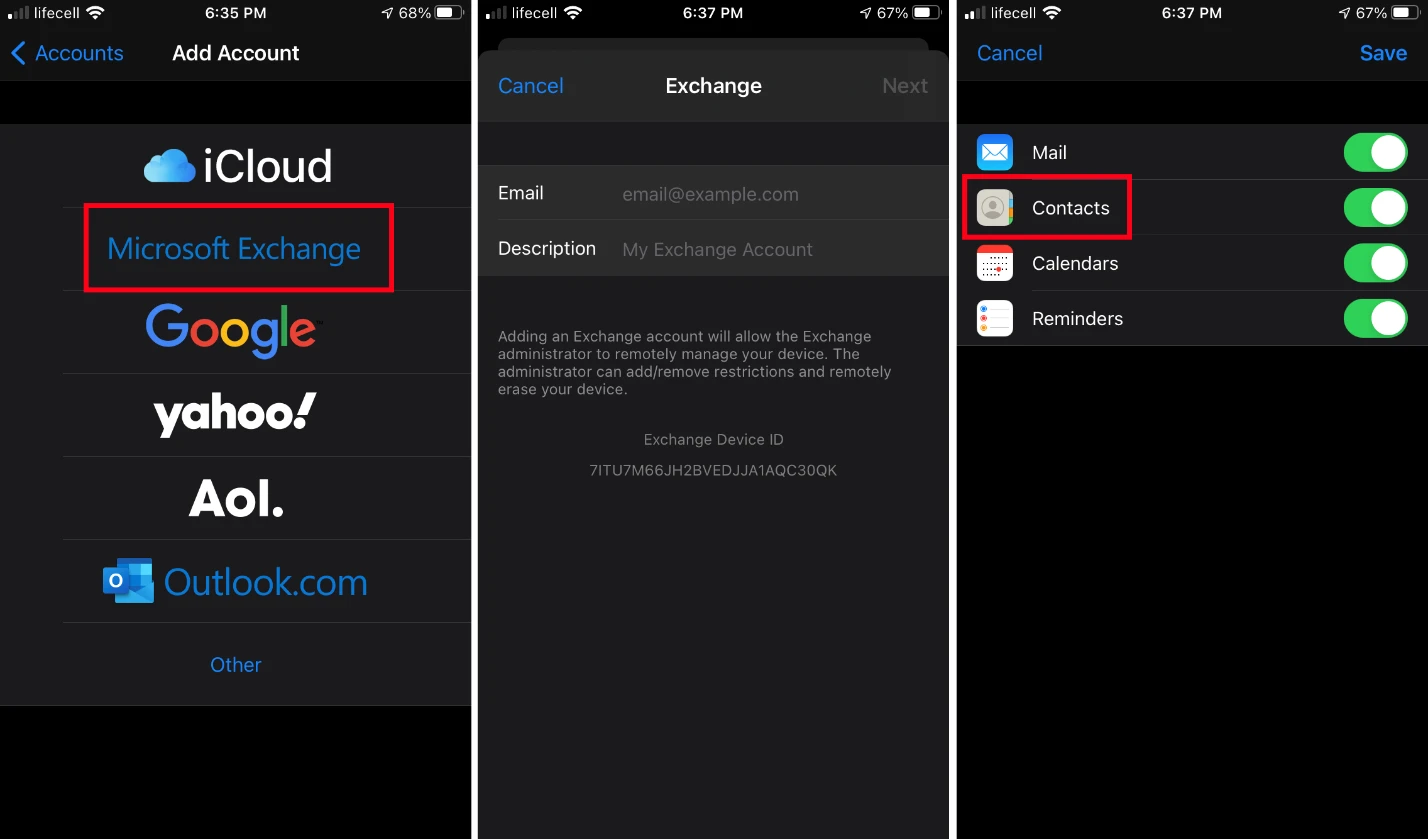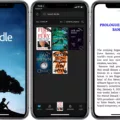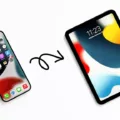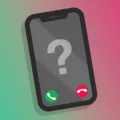Are you looking for a way to transfer contacts from your iPhone’s Exchange account to iCloud? If so, you’ve come to the right place. In this blog post, we’ll provide step-by-step instructions on how to transfer your contacts from Exchange to iCloud.
To begin, open the Contacts app on your iPhone and select “Accounts.” Then, add an Exchange account in order to sync Mail, Contacts, Calendars, and Reminders. Once this is complete, head over to your iCloud account and check if the Exchange contacts were successfully transferred.
Next, you’ll need to enable contact syncing via the Settings menu on your iPhone. To do this, go to Settings > Contacts > Accounts > Exchange and set the toggle next to Contacts to ON. This will ensure that your contacts are synced between Outlook and your iPhone.
If you find that your contacts are not syncing correctly between Outlook and iCloud, you may need to export them from Exchange first before transferring them into iCloud. To do this, open Outlook on your computer and navigate to File | Open & Export | Import/Export. In the new window that pops up, select “Export to a file” and press the “Next” button. Ensure “Comma Separated Values” is selected and press the “Next” button once more. You will then be prompted with a location where you can save the exported contacts file; choose a location of your choice and click “Next” one last time.
Finally, sign in at www.icloud.com with your Apple ID credentials and select Contacts in the navigation bar at the top of the page. Then click on File > Import vCard… or Import… depending on which browser version you are using (Internet Explorer or Safari). Locate the CSV file that was exported from Outlook previously and click “Open” or “Import” depending on which browser version you are using in order for it successfully uploads into iCloud!
And there you have it! By following these simple steps outlined above, you should now be able to easily transfer all of your contacts from an Exchange account over to iCloud with ease!

Moving Contacts from Exchange to iCloud on iPhone
To transfer contacts from Exchange to iCloud on an iPhone, you’ll need to open the Contacts app. Once opened, click the Accounts tab at the bottom of your screen. From here, select ‘Add Account’ and choose ‘Exchange’. You’ll then be asked which items you’d like to sync from your Exchange account – Mail, Contacts, Calendars, or Reminders. Select the items that you’d like to transfer over to iCloud.
Once your account has been added and the desired items have been selected for syncing, you can go to your iCloud account and check if your contacts have been transferred successfully.
Syncing Exchange Contacts to iCloud
To sync your Exchange contacts to iCloud, start by opening the Settings app on your device. Then, select Accounts and choose your Exchange or Microsoft 365 account. Toggle the switch for Contacts to enable synchronization (Figure A). Once the contacts are synced, you can open both iCloud and Outlook to confirm that they’ve been successfully transferred. If you need to make any changes, simply go back into Settings, select Accounts and update your contact information as necessary.
Exchanging Contacts on an iPhone
To Exchange contacts on your iPhone, first, make sure that the contacts are visible in the Contacts app. To do this, go to Settings > Contacts > Accounts > Exchange and set the toggle next to Contacts to ON. Once enabled, you should be able to see all of your Exchange contacts within the Contacts app.
To export these contacts, open the Contacts app and tap ‘Groups’ in the top left corner. Select ‘Exchange’ and then tap ‘Select All’ in the top right corner. Tap ‘Share Contact’ and choose how you would like to share your contact list (e.g., via email or messaging). You can also export your contacts as a .vcf file from this screen by tapping ‘Export vCard’.
Moving Contacts from Email to iCloud
To move contacts from emails to iCloud, you will need to export them as a vCard (.vcf) file. Here are the steps:
1. Open your email app and go to the contacts or address book.
2. Select all of the contacts you want to move to iCloud.
3. Click on “Export” and choose “vCard” as the file format.
4. Save the vCard (.vcf) file onto your computer or device.
5. Sign in to iCloud with your Apple ID and password on a computer browser or in the iCloud app on your device.
6. Go to Contacts and click on “Import” at the bottom of the sidebar panel or click on “Settings” > “Import vCard…”
7. Select the vCard (.vcf) file you saved and click “Open” or “Import” to upload it into iCloud Contacts!
Syncing Exchange Outlook Contacts with an iPhone
To sync your Exchange Outlook contacts with your iPhone, you’ll need to connect your device to iTunes on your computer. Once the device is connected and the iTunes library has opened, click on the entry for your iPhone or iPod touch in the Devices section of the source list. Then click on the Info tab. Under Contacts, select ‘Sync contacts from’ and choose Outlook. Click Apply at the bottom right corner of the screen, and then confirm that you want to sync with Exchange Outlook. The sync process will begin automatically, and all of your Exchange Outlook contacts should be transferred onto your iPhone or iPod touch.
Troubleshooting Issues with iPhone Contacts Not Syncing with Exchange
There are several possible reasons why your iPhone contacts are not syncing with Exchange.
First, make sure that your Exchange account is correctly configured and set up on your iPhone. To do this, go to Settings > Accounts & Passwords > Add Account > Exchange. Then, enter the necessary information and make sure that the settings match your Exchange account details.
Second, ensure that you have enabled contact sync for your Exchange account. To do this, go to Settings > Accounts & Passwords > Exchange Account > toggle Contacts to On (green).
Third, if Outlook is not set as the default account for contacts on your iPhone, Outlook contacts may not sync properly. To solve this issue, go to Settings app > Choose Contacts > Tap Default Account > Tap Outlook/Exchange to set it as the default account.
Finally, if you are still having issues syncing your contacts with Exchange after trying these steps, restarting both your iPhone and computer can sometimes help resolve any lingering issues with synchronization.
Troubleshooting iPhone Contacts Not Syncing with iCloud
There are a few possible reasons why your iPhone contacts may not be syncing with iCloud. First, make sure that you’re signed in to iCloud with the same Apple ID on all of your devices. Then, check that you turned on Contacts, Calendars, and Reminders in your iCloud settings. Additionally, check that the date and time settings on your device are correct for your current location. If none of these steps resolve the issue, try signing out of iCloud on all devices and then signing back in again. You may also want to check if there’s an available iOS update for your device to ensure that everything is up-to-date. If none of these steps help, contact Apple Support for further assistance.
Conclusion
In conclusion, iCloud is a great way to store and sync your data across all of your Apple devices. It allows you to access your documents, photos, music, contacts, and calendars from any device with an internet connection. With iCloud, you can also back up and restore your data in case anything happens to your device. Additionally, iCloud makes it easy to transfer data between two different Apple devices with the help of its synchronization feature. All in all, iCloud is a reliable and convenient tool for Apple users to keep their data safe and accessible at all times.








